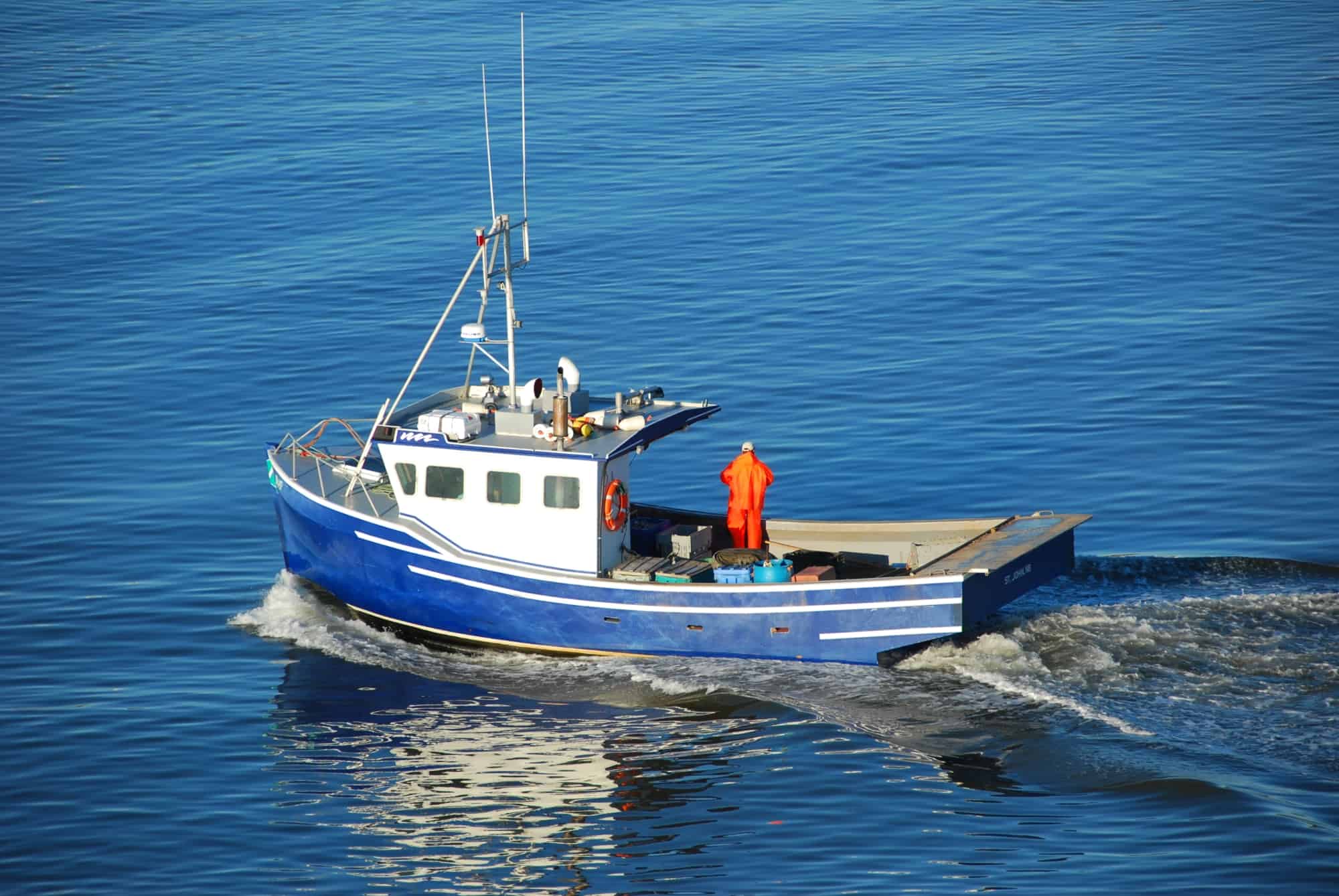
How to Build a Fishing Boat: Full Construction Plans for DIYers
Hey there, fellow fishing enthusiasts! Ever dreamt of cruising the open water in a boat you built yourself? Well, you’re in the right place! Building your own fishing boat can be a truly rewarding experience â€" a blend of craftsmanship, adventure, and a sense of accomplishment that’s hard to beat. This guide is your roadmap to crafting your own fishing vessel, taking you from dreaming to casting your line. We’ll cover everything from design and materials to construction techniques and essential safety considerations. So grab your tools, get your hands dirty, and let’s embark on this exciting journey together!Choosing Your Boat Design
The first step is deciding what kind of boat you want to build. Think about the kind of fishing you plan to do, where you’ll be fishing, and the size of your crew. Here are some popular fishing boat types:
- Jon Boats: These are simple, flat-bottomed boats perfect for shallow waters and small ponds. They’re easy to build and very versatile.
- Skiffs: Skiffs are a bit more sophisticated than jon boats, with a slight V-shaped hull for better handling in choppy water. They’re ideal for inshore fishing and coastal exploration.
- Pontoon Boats: Designed for stability, pontoon boats are fantastic for larger groups or fishing in rough waters.
- Duck Boats: These shallow-draft boats are perfect for hunting and fishing in marshes and wetlands.
Gathering Materials
Once you’ve settled on a design, you’ll need to gather the necessary materials. Here’s a general list, but be sure to consult your boat plans for specific requirements:
- Wood: Marine plywood, cedar, oak, or other suitable woods
- Fiberglass: Cloth, resin, and hardener for hull reinforcement
- Hardware: Fasteners, hinges, cleats, and other boat fittings
- Engine and Propeller: Choose a suitable engine based on your boat’s size and intended use.
- Trailer: If you’ll be transporting the boat, you’ll need a trailer to match its size and weight.
Construction Process: Step-by-Step
Building a boat is a rewarding process, but it requires careful attention to detail and safety. Here's a breakdown of the key steps:
1. Framing and Planking:
Start by creating the boat's framework using wood. Cut and assemble the ribs, stringers, and keel according to your plans. Once the frame is complete, attach the planking, carefully selecting and joining wood pieces for a smooth and watertight hull.
2. Glassing and Finishing:
Once the hull is assembled, it’s time for fiberglassing. Apply layers of fiberglass cloth and resin to the entire hull, ensuring complete coverage and smooth transitions. This process strengthens the hull and makes it waterproof. After the fiberglass has cured, sand the surface smooth and prepare for painting.
3. Installing Deck and Seating:
Build and attach the deck, using plywood and marine-grade fasteners. Install seating, storage compartments, and any other features according to your design. Remember to ensure all structures are securely fastened and well-sealed.
4. Installing Engine and Equipment:
Choose an appropriate engine and propeller for your boat’s size and intended use. Install the engine securely on the transom, ensuring proper alignment and mounting. Attach steering and control systems, and install navigation lights, bilge pump, and any other essential equipment.
5. Painting and Finishing:
Give your boat a protective and eye-catching finish. Sand the surface smooth and apply a primer, followed by your chosen paint color. Apply sealant and varnish to protect the wood and fiberglass. Add any decorative touches or branding to personalize your creation.
Safety Considerations
Safety is paramount when building and using a boat. Here are some crucial points to remember:
- Follow Plans: Stick to your design plans, don’t deviate without consulting a skilled boatbuilder.
- Use Proper Materials: Use marine-grade materials designed for the harsh conditions of a boat.
- Work Safely: Wear appropriate safety gear, including eye protection, gloves, and masks.
- Check for Leaks: Test the hull thoroughly for leaks after construction and before launching.
- Get a Boat Registration: Register your boat with the proper authorities in your region.
Commonly Asked Questions
Here are some common questions about building your own fishing boat:
Q: What's the best wood to use?
Marine-grade plywood, cedar, and oak are excellent choices for boat building due to their durability and resistance to water damage.
Q: Can I build a boat in my garage?
The size of your boat will determine if it can be built in your garage. Smaller boats, like jon boats or skiffs, can be built in a garage with adequate space.
Q: How much does it cost to build a boat?
The cost varies depending on the design, size, and materials you choose. Expect to spend anywhere from a few hundred dollars to several thousand dollars.
Q: Do I need any special skills to build a boat?
Basic woodworking skills are essential, but don’t be discouraged if you're a beginner. Plenty of resources, plans, and tutorials can help you learn.
Building your own fishing boat is a challenging but rewarding endeavor. It combines your passion for fishing with the satisfaction of crafting something unique with your own hands. With careful planning, patience, and dedication, you can create a boat that will provide years of enjoyment on the water. Tight lines!

0 comments:
Post a Comment
Note: Only a member of this blog may post a comment.